#avatar state
Text

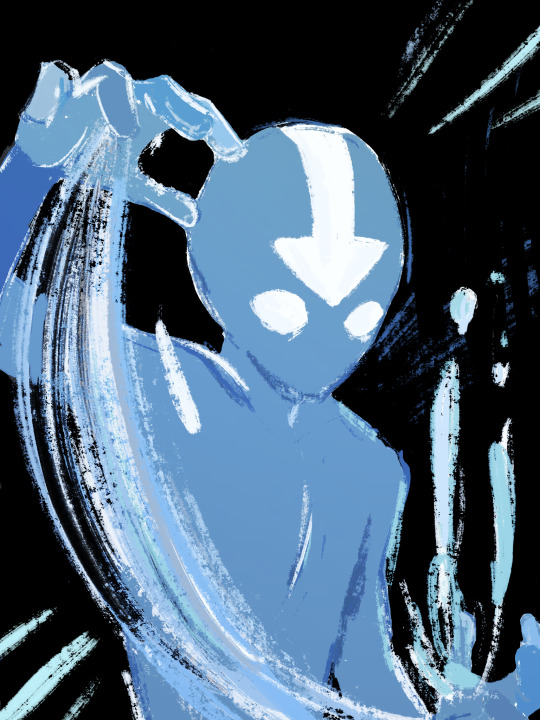


doodles of avatar state aang..poor baby
#avatar the last airbender#atla fanart#atla#atla art#avatar aang#aang#atla aang#aang art#aang fanart#avatar state
4K notes
·
View notes
Text

Flaming Reds and Cold Blues 🔥🌊
Anakin is especially volatile in the Avatar State. He puts people and things around him in great danger of being burnt to the ground. Sadly for him, he's emotionally unstable, and can be triggered into the state more so than past Avatars.
Master Obi-Wan is the only one brave enough to approach him. (Besides Anakins friend Ahsoka, but Obi-Wan doesn't let her try.) He is also the only one able to calm him down and snap him out of it.
#obikin#digital art#fanart#anakin skywalker#anakin#fan art#obi wan kenobi#obiwan#star wars#star wars alternate universe#atla#avatar the last airbender au#avatar the last airbender#avatar state#digital sketch#sketch#alternate universe#obikin au
408 notes
·
View notes
Text

The Avatar State
Acrylic on Canvas
#screencap redraw#atla#my art#acrylic#painting#aang#atla aang#avatar state#avatar the last airbender#aang fanart#atla fanart
910 notes
·
View notes
Text
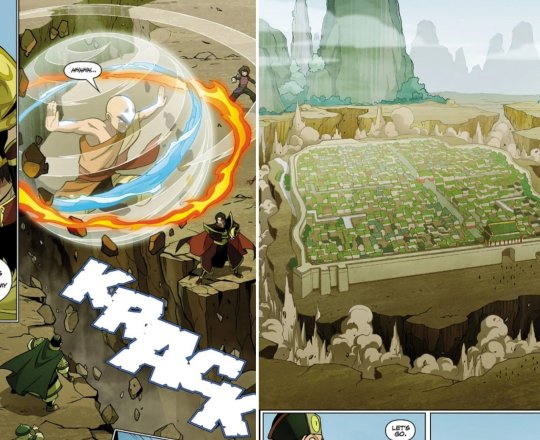
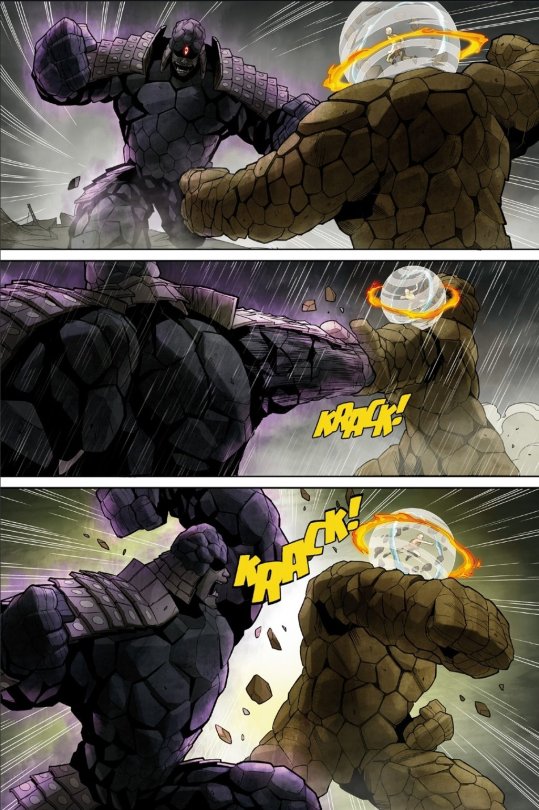
DAMN AANG
#avatar the last airbender#atla#aang#atla comics#avatar state#this is so cool wtf#he's lifting a city Imao
73 notes
·
View notes
Text
The Plurality of... Avatar: The Last Airbender
Major Spoilers For Avatar: The Last Airbender ahead! And minor spoilers of related properties.
Water. Earth. Fire. Air.
Long ago, the four nations lived in harmony. Then everything changed when the Fire Nation attacked. Only the Avatar, master of all four elements could stop them. But when the world needed him most, he vanished.
Welcome to the world of Avatar: The Last Airbender. A world where some people are born with the gift of bending, an ancient art that allows them to control one of the four elements. But only one. Even if they came from parents who were different types of benders, each bender only gets a single element.
But there exists a single exception to this rule. The Avatar. The one person in the world who can master all four elements.
But we're not here to talk about the Avatar's cool bending powers. We're here today to talk about…
The Plurality of The Avatar
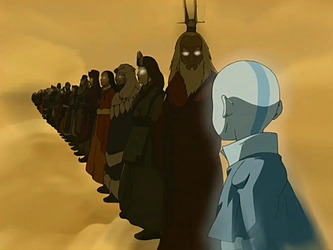
Plurality: A state of multiple self-conscious agents, or "headmates," sharing a single body.
The Avatar isn't merely a jack of all trades bender. Simply knowing how to use the four elements is only a small part of their toolbelt. And perhaps one of the least important. Despite the series placing a strong focus on the need to master all four elements, perhaps the actual most important thing about the Avatar is that they reincarnate and are connected with their past selves.
This allows each Avatar to speak to and learn from the experiences of past avatars. This is most prominent in what's called the Avatar State, a sort of super form where their eyes (and downvotes) glow as they channel the skills and abilities of all the past avatars through them.
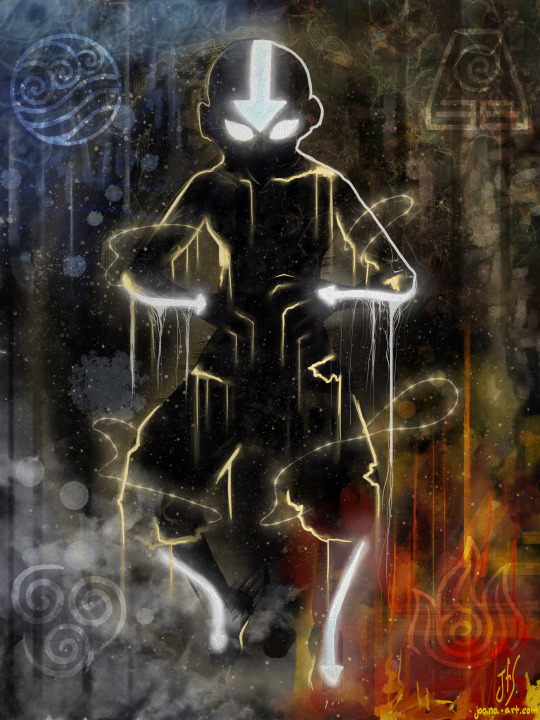
(Art by @joeyscomics)
Aang's avatar state is a sort of blending of the avatars without a distinct identity of its own.
Additionally, there were also a couple instances through the show where Aang, the current avatar, switches into other avatars.
During the season 1 mid-season finale, The Winter Solstice, Aang first contacts Avatar Roku, his firebending predecessor. Trapped in a temple with no way out, a group stands outside the door prepared to strike as soon as the avatar steps through. They expect to see a small child walk through the doors. But what they see instead is Avatar Roku.

Once the enemies have been defeated and fled, Roku turns back into an exhausted Aang, who drops to his knees.
In season 2, this happens again with Aang switching into avatar Kyoshi. Again, sure to spirit magic, Aang physically transforms into Kyoshi.
(Obviously, real plurals don't physically transform, as cool as that would be. But spirits in the avatar universe do have shape-changing capabilities, being able to alter both their own forms and the forms of others. There are many examples in Legend of Korra and the comics, but one big one we see in A:TLA is Koh The Face Stealer, who as you can guess, steals people's faces, physically transforming their bodies. Simply put, we can accept the Avatar Spirit as having the ability to naturally shapeshift.)
So there's the basics of the Avatar's plurality. We have multiple people sharing a body. We have system-like internal communication. We have switching. And we even have a state that could be best described as blendy.
In the plural community, a system that's formed from past lives is sometimes called Fenigenic or Phoenigenic, drawing its name from the phoenix; The mythical bird that dies and is reborn from its ashes.
From Pluralpedia:
Fenigenic is a system origin that describes systems who formed from past lives in some way.
They may believe they left their past life and were reborn again as a system, came into the system from a past life into the body (causing plurality), were a system in a past life and were reborn again with the same one, and/or various other scenarios. This is an intentionally broad label that can describe many different experiences.
With these established facts, without a doubt, the avatar would qualify as a Pheonigenic system.
But I want to delve even deeper. Because at its core, Avatar: The Last Airbender isn't just a story about a kid who happens to be plural. It's a story about plurality. It's a story about dissociation. About connecting with and building connections with parts of yourself. And about taking responsibility for those parts, even when you aren't actually them. And all of this is what make the series so fascinating from a plural perspective!
The Avatar State as a "Self-Defense Mechanism"
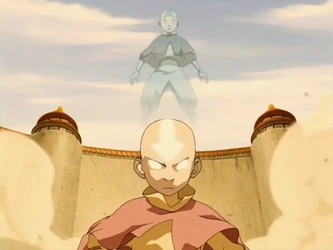
At the beginning of season 2, Aang enters the avatar state while scared of losing his friends, and talks to Roku again. Roku explains to Aang what the avatar state is.
The Avatar State is a defense mechanism, designed to empower you with the skill and knowledge of all the past Avatars. The glow is the combination of all your past lives focusing their energy through your body. In the Avatar State, you're at your most powerful... but you are also at your most vulnerable.
At this point, Aang learns that if he dies in the Avatar State, the cycle breaks and the avatar will never reincarnate again.
Let's take another look at that wording though. "The Avatar State is a defense mechanism." It's a word choice that you wouldn't expect to find in a fantasy cartoon. "Defense mechanisms" are more a psychological term, having their origins in psychoanalysis.
Why does this matter?
Because the avatar state, at its core, is a dissociative state. And dissociation has often been described as a defense mechanism itself. From Wikipedia:
In mild cases, dissociation can be regarded as a coping mechanism or defense mechanism in seeking to master, minimize or tolerate stress – including boredom or conflict.
And later when talking about traumamatic dissociation, it goes on to explain:
Symptoms of dissociation resulting from trauma may include depersonalization, psychological numbing, disengagement, or amnesia regarding the events of the abuse. It has been hypothesized that dissociation may provide a temporarily effective defense mechanism in cases of severe trauma; however, in the long term, dissociation is associated with decreased psychological functioning and adjustment.
What's interesting about the avatar state is that, while there are some times Aang goes into the Avatar State to protect himself, often he enters it as a response to stress in general.
The first couple times we see Aang go into the Avatar State, it's to physically protect himself. Once to freeze himself. Then again to fight Zuko. But the next time he enters the Avatar State, there's no danger. There's no need to use it.
This is when he's at the Southern Air Temple, and sees his old friend Monk Gyatsu. It's when he really learns and has to process that he's the last airbender and everyone he ever knew is dead.

Aang doesn't use the avatar state as a physical defense mechanism here. Rather, he enters the avatar state as a psychological defense mechanism.
It takes over because he's disengaging. He just learned something traumatic and he can't come to terms with it. He shuts down, and his friends have to reach him through the pain.
This becomes a pretty common theme throughout the series from then on. Sometimes, it's the physical danger that causes him to transform. But other times, he's triggered into this state by his friends being in danger, or from losing Appa.
Time and time again, we see the Avatar State as being triggered by extreme mental stress more often than by any sort of physical stress.
A big part of Aang's journey though the series then becomes learning to master the Avatar State and the dissociation that comes with it. To take control of it instead of letting it control him.
Avatar's Take on System Responsibility
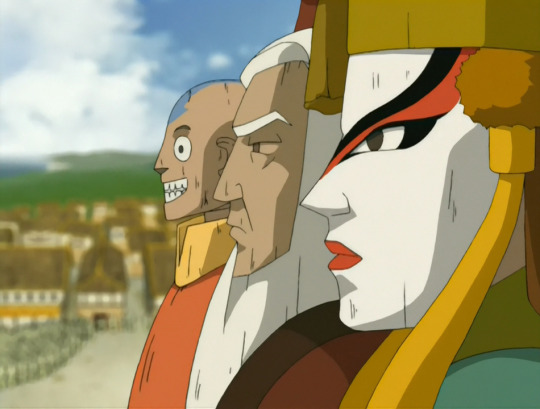
"System responsibility" is the concept in the plural community that if one headmate does something, then the entire system of headmates is responsible for it. Some feel this is unfair, but for practicality, it makes sense. If someone steals something, then obviously you can't send only one headmate to prison. So a big part of being plural ends up having to accept that if someone else you share a body with does something wrong, even if you don't agree with it or don't even remember it, you're responsible for it.
And Avatar has its own form of this, where all Avatars have a single spirit that is reincarnated, and are therefore responsible for the actions of their past lives.
This is most exemplified in the episode Avatar Day.
In this episode, the Gaang wander into a town that's celebrating the titular Avatar Day. They see a parade with massive wooden floats of the past three Avatars. Aang, Roku and Kyoshi.
What appears to be a nice festival that the Gaang is enjoying is quickly turned on its head when a villager sets fires to the figures and the crowd begins chanting "down with the Avatar" while the figures burn.
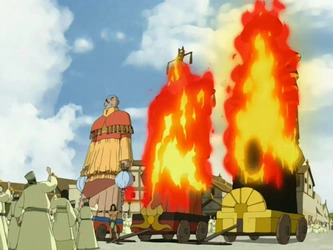
It turns out, this town believed Avatar Kyoshi murdered their leader, Chin The Great.
In order to prove he wasn't a murderer, Aang volunteers to stand trial. Even though Aang and Kyoshi are separate people in a way... in another, they aren't. And Kyoshi being a murderer is something that would continue to follow Aang around.
So he agrees to go on trial, and refuses encouragement from his friends to escape. And he could escape if wanted to.
When viewed through the lens of a plural system, what we see here is a demonstration of system responsibility, where Aang is showing himself willing to take responsibility for the actions of past Avatars.
Later in the episode, Katara decides that they need to call Kyoshi herself to prove their innocence, and dresses Aang in Kyoshi's clothes to "see if it might trigger something."

And it actually does! This stunt causes Kyoshi to take front! (With a full body transformation because spirit stuff.)
In the end, Kyoshi confesses to killing Chin, who she calls Chin the Conqueror, and Aang is willing to accept the outcome of the trial.
It's not just this one episode though. It's a running theme of the series.
The franchise even.
In season 3, Roku reveals that the whole reason the world was in danger was because of his connection to and weakness in stopping Fire Lord Sozin, who went on to wipe out the Air Nomads. Aang is left with the responsibility of making up for Roku's mistakes.
In the books, it's revealed that Avatar Kyoshi's earliest trials were a direct result of the failings of Kuruk, the avatar before her. And his were a result of Yangchen's mistakes. And in the sequel series, avatar Korra is left to make up for the mistakes of not just Aang, but also Avatar Wan who started the cycle.
The Avatars are people who share a single soul. Each new avatar can be viewed as a new host in the same system. And each one therefore is responsible for making up for the mistakes of those that came before.
This is what the avatar franchise, at its core, is about. A single system making mistakes through life after life, and having to fix those mistakes in the next, hopefully making the world a better place and keeping balance along the way.
A Story of Connection and Balance
With all of this in mind, Aang begins his journey is a system cut off from his headmates.
A central theme of the story is restoring that connection. This story really begins with Aang entering the avatar state in the Southern Air Temple. This is the first time he loses control and nearly hurts the people he cares about.
The avatar state here is something powerful, yes, but also something to be feared, making him a danger to his friends. He doesn't understand at the time what that state is exactly. It's something that leaves him confused and scared.
Through the series, he gradually learns more about the avatar state and his past lives. He begins to learn from avatar Roku. Then from Kyoshi. He learns about their lives, and has to reconcile their past mistakes. He also has to learn to accept himself as the avatar. Something which he struggled with throughout the series, and led to him fleeing his people.
At the end of season 2, Aang nearly dies in the avatar state. In a canon webgame called Escape from the Sprit World, while unconscious, Aang enters the spirit world and goes on a journey where he has to reconnect with the past avatars in order to prevent the avatar cycle from being broken, going back all the way to meet Avatar Yangchen, the airbender before him.

After meeting and learning from all these avatars, he's able to awaken with a new connection to them. (Albeit with no memory of this side quest.) Although he's told he won't be able to enter the Avatar State for the time being.
After this, on the Summer Solstice, he was able to meet with Roku once again to learn about Roku's own past, and his history with Fire Lord Sozin.
All of these events laid the groundwork for a final realization in the series finale. That the past avatars were always with him. He's able to meditate and reach out, and commune with each of them.
Finally, Aang has become a fully-realized avatar, tearing down barriers that kept him separate from the rest of his system!

And in the final battle, Aang is able to access the avatar state with full control over it for the first time.
Some would say that this was because of a conveniently-placed rock. Which, yes, that might have been the literal trigger that unblocked his chi. But narratively, I would argue that it was the connection with the past avatars that truly allowed him to access the avatar state again. That finally connecting with them all was how he truly earned this ability!
Conclusion
So there we have it! The story of Avatar: The Last Airbender is not just an incredible story, but an incredible story of plurality and connection between headmate.
This was really fun to write about, and I enjoyed talking about the plurality of the Avatar.
Thank you so much for taking the time to read!
I think with that, I've covered everythi...
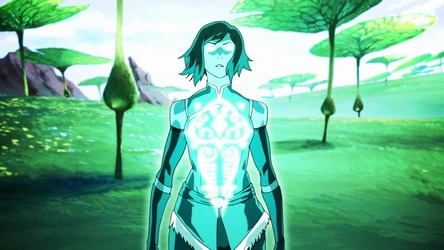
Oh... right...
I guess I didn't cover everything about the plurality of the Avatar, did I?
Guess I need to plan for a Plurality of The Legend of Korra in the future! 😁
(And if you're interested in more of my ramblings about plural representations, you can check out my post about the Plurality of Batman. Or you can read about The Plurality of The Hybrid Chronicles: What's Left of Me, where I analyze a novel about a world where everyone is born with two souls.)
#pluralgang#avatar the last airbender#atla#aang#a:tla#avatar state#avatar aang#the last airbender#avatar#avatar last airbender#nickelodeon#plural#plurality#endogenic#pro endogenic#pro endo#sysblr#system stuff#plural representation#actually plural
88 notes
·
View notes
Text
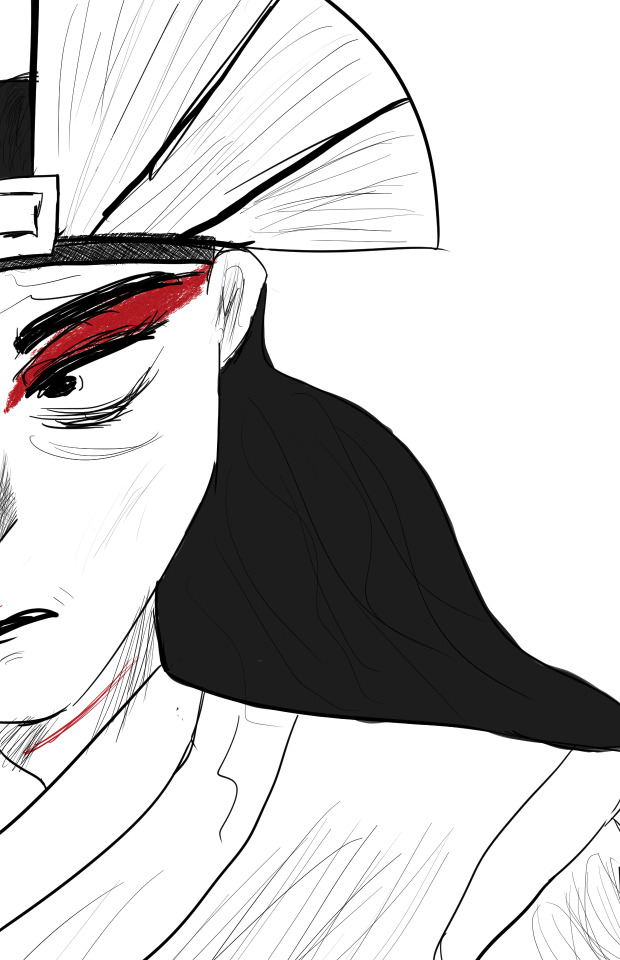
Avatar Kyoshi
#kyoshi#avatar kyoshi#kyoshi fanart#avatar fanart#avatar state#avatar the last airbender#the rise of kyoshi#the shadow of kyoshi#rangshi
186 notes
·
View notes
Photo
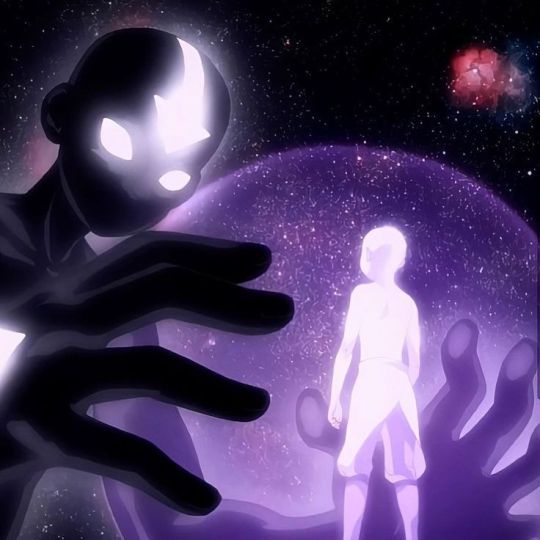
1K notes
·
View notes
Text
The problem with having Kyoshi come in in the second episode to fight Aang’s battle for him.
And this is a long post so please bear with me.
I know a lot of people saw that scene as badass and cool, because they love Kyoshi. But can we just look at this objectively and agree that scene ruined every mystery there was about exactly what Aang was capable of, while also eliminating every limitation Avatar state had?
The original show showed very slowly what the avatar state was capable of doing, every single time it was very short, it came in only when Aang’s life was in danger or his emotions overwhelmed him, and it took a toll on Aang’s physical state. The first time we truly see what a fully realized avatar is capable of is in the Avatar Roku episode, episode 8! Where something similar happens, Roku takes over Aang’s body and fights for him. But it’s so short, it’s like 2 minutes long because there’s a time limit, it happens only because it’s the solstice and Avatar Roku can’t move. He stays in the same spot but shows exactly what Aang will be capable once he can control the avatar state, just in those 2 minutes (maybe even less).
The next time we see Aang’s great potential is in the series finale, when he merges with the ocean spirit and turns into a giant Koi fish, wiping a whole fire nation army. That’s when we see what Aang is truly capable of, even if it was with the help of the ocean spirit. That’s when we are shocked to see the great power Aang holds. But the show is still clever about it, in the very next episode it emphasizes that Aang still doesn’t know how to enter the avatar state or how to control it. It also adds in the same episode a restriction, a vulnerability, that even though the avatar state makes Aang incredible powerful, it also puts the Avatar cycle at risk. That’s how clever the OG show was. It answers the question and rose right after they showed the full potential of the avatar state, why doesn’t Aang just go into the avatar state right now and defeat the fire lord? It’s all explained so well.
The live action just destroyed everything that made the avatar state special in the second episode! Aang has no problem contacting Kyoshi, he doesn’t have to wait for the solstice, he doesn’t have to get into the temple in the fire nation, fighting his way in, he doesn’t have to wait for the sun to hit Roku’s statue, no, he just goes to Kyoshi island and contacts Kyoshi so easily. And Kyoshi has no problem taking over his body and fighting for him. There are no restrictions, Kyoshi just came back to life, full power, moves around the island however she likes, there’s no time limit, it’s all pretty easy. And that’s when you get rid of the mystery of what is Aang truly capable of. In the second episode! And there are almost no restrictions. Aang just has to be in that Avatar’s shrine to be able to contact him and let him take over his body. Literally the first thing Aang does when he arrives at the north is ask avatar Kuruk to take over his body and fight the fight for him. You see how that’s a problem? How you main character doesn’t have to work and progress and learn anything to be able to defeat the big bad, when he can just summon that great power at will whenever he wants? Aang doesn’t learn waterbending at all the first season! And why should he? He took out the whole fire nation army in the second episode!
And the next time Aang enters the avatar state in the live action is when he merges with the ocean spirit, just like in the show, but he wills it, it doesn’t happen because of Aang’s emotion, nope, it’s already established that Aang can pretty much enter the avatar state whenever he wants. But the show goes out of its way to explain to us that it’s not Aang in there, he’s gone, it’s something else, some kind of a monster. Taking away any agency Aang ever had. Which mean, we never really see Aang fight and showcase his capabilities. I think he truly fights only against Bumi and just a little bit against some fire nation soldiers in the blue spirit part and the siege on the north, which does nothing to show us exactly how powerful Aang was.
Forget the avatar state, Aang was pretty fucking badass without it throughout the first season too. Almost every episode showed us exactly what Aang can do with just one element, him kicking Zuko’s ass over and over, battling a volcano, fighting the pirates, fighting Zhao and so much more. So when you saw Aang kick ass with just air, you couldn’t wait to see what he’d be able to do with all 4. And none of that is in this show.
Aang doesn’t learn ANYTHING in this live action. He isn’t limited in any way. He can summon the avatar state at will, talk to every avatar, let them take over his body, he can enter the spirit world without a problem, and get out of it too. He doesn’t even learn waterbending, the only clear goal Aang had since the second episode of the OG show!
So when you give away the mistery of the true power the avatar holds in your second episode, and don’t even show me what Aang can do without it, there’s no anticipation in the audience to see Aang’s true potential. We see Aang get more powerful with every season and that’s exciting! That’s what makes the show fun! And we only see the glimpse of Aang’s true power is with the Avatar state until the very last episode of the OG, that’s why when Aang enters the avatar state and absolutely devours Ozai it was exciting, and shocking and fucking exhilarating. If that same scene happens in the live action, it will have 10% of the impact the original had, because you already showed me what the avatar can do, you showed me Kyoshi fucking flying and blasting everyone, why would I find it exciting when Aang eventually does it?
It’s just bad writing 101 and I don’t get how, with the budget they had, they made such amateur mistakes.
#avatar: the last airbender#avatar the last airbender#atla#natla#Netflix avatar#avatar#netlix atla#atla Netflix#aang#avatar state#avatar aang#avatar Kyoshi#kyoshi
95 notes
·
View notes
Text
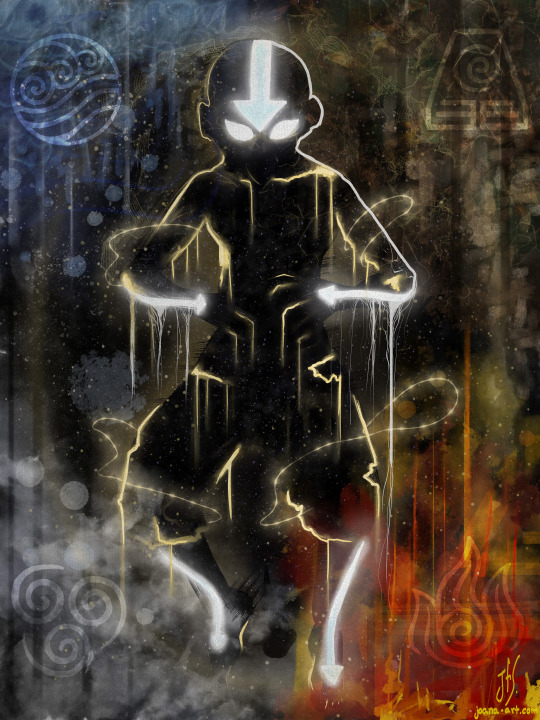
Painting I made last year!
#aang#avatar aang#atla aang#avatar the last airbender#the gaang#atla fanart#avatar#avatar art#avatar fanart#avatar state
74 notes
·
View notes
Text

The Great Wave off the Northern Water Tribe
#avatar#avatar aang#art#cartoon#funny memes#the last airbender#avatar the last airbender#fire nation#water tribe#zuko and azula#avatar state#waterbending#elements#elemental#spirit world#japan#great wave#great wave off kanagawa#kanagawa
676 notes
·
View notes
Text

Am I wrong though?
#fan post#meme#after all these years#toh spoilers#the owl house#toh#gus porter#toh gus#augustus porter#avatar aang#ATLA#amphibia#anne boonchuy#calamity anne#avatar state
2K notes
·
View notes
Text
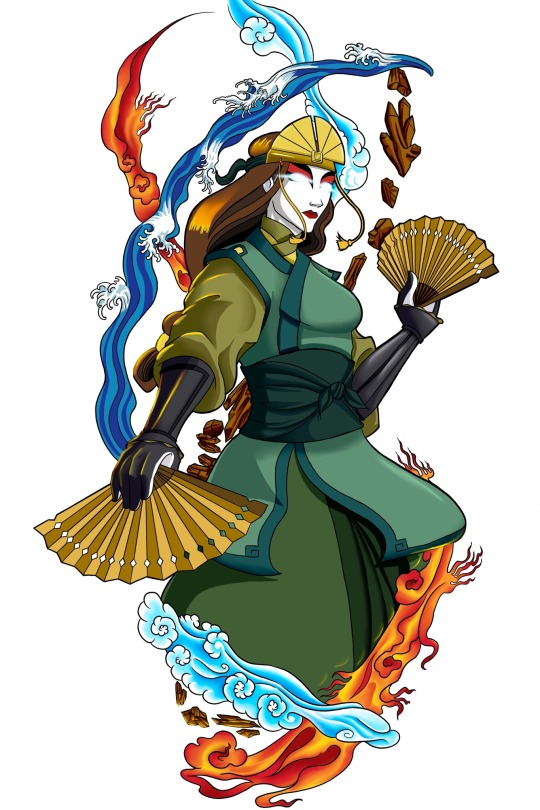

Avatar Kyoshi and Avatar Kora. These two will be the tattoos that I’m putting on the back of someone’s calves. The client does have trouble sitting for the tattoo, and that happens in the tattoo world. Sometimes you have to stop the entire tattoo and be like, “maybe we should do this another day.” The body can only take so much punishment. Also that Achilles’ tendon can only take so much punishment, and just look at the bottom of these pieces. Like, ow! I am excited to work on Kora with her duel light source. ❤️
#digital art#procreate#fanart#tattoo#tattoos#color tattoo#tattoo design#avatar the last airbender#avatar kyoshi#avatar korra#four elements#avatar state#avatar series#tattoo artists#tattoo artist#pdx tattoo#pdx#portland oregon#oak iris tattoo#commissions open#balance#calf tattoos#calf tattoo
523 notes
·
View notes
Text
Kyoshi in avatar state after teaching aang what serving cunt looks like:
39 notes
·
View notes
Text


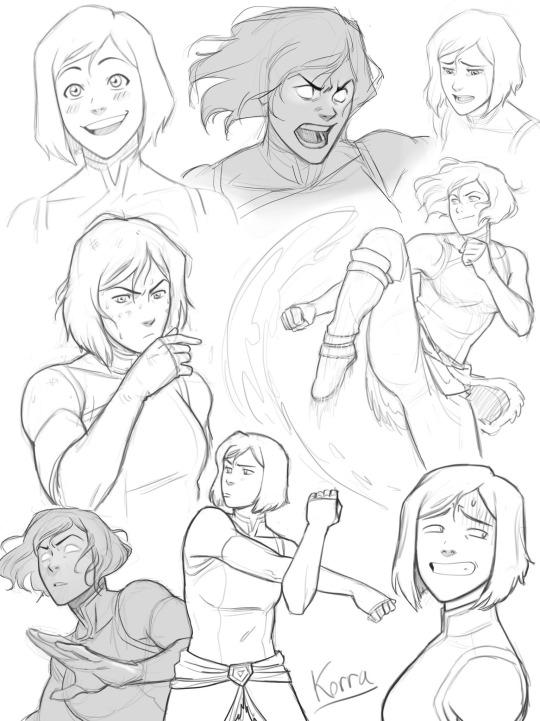


Her power is limitless.
Pt. 4 or something of coloring in and sketching Alexandria Monik’s art of Korra from NYCC 2022.
I am still experimenting with effects and styles as I lean more into the digital art world. I do not think I can bring myself to color the top right sketch, the one where Korra is crying. Thanks for being apart of the ride everyone. Hopefully more to come!
#avatar korra#korra#korra fanart#the legend of korra#tlok#avatar fanart#avatar#avatar the legend of korra#legend of korra#tlok korra#avatar universe#she is so pretty#she is perfect#avatar the last airbender#avatar state#i love her so much
222 notes
·
View notes
Text
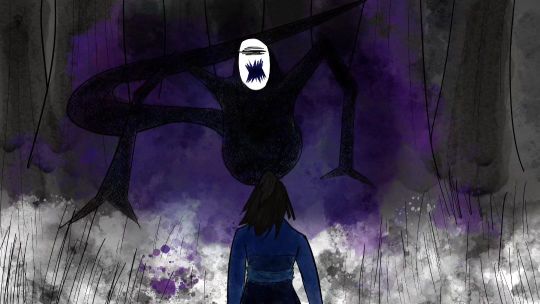
Yangchen's Gift
#avatar the last airbender#kyoshi#avatar fanart#avatar state#kyoshi fanart#the legend of korra#the shadow of kyoshi#yangchen#yangchen art#avatar kuruk#atla fanart
113 notes
·
View notes
Text

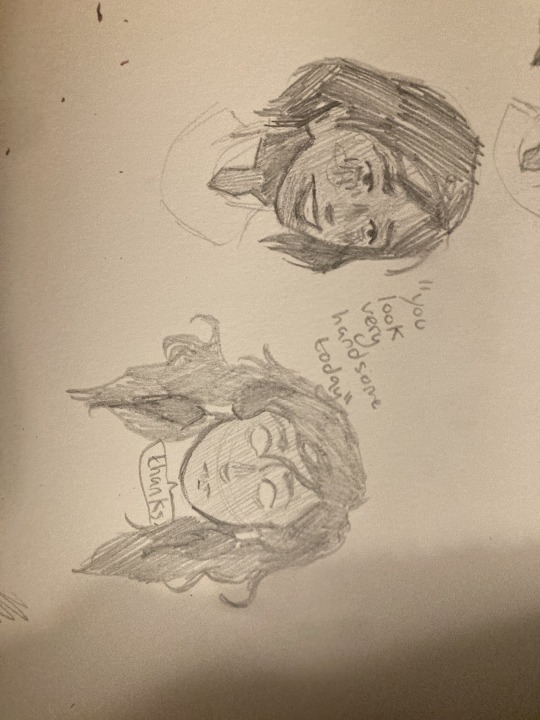
korra before and after season 3 🤕 my cartoon style is always changing 😭😭
25 notes
·
View notes